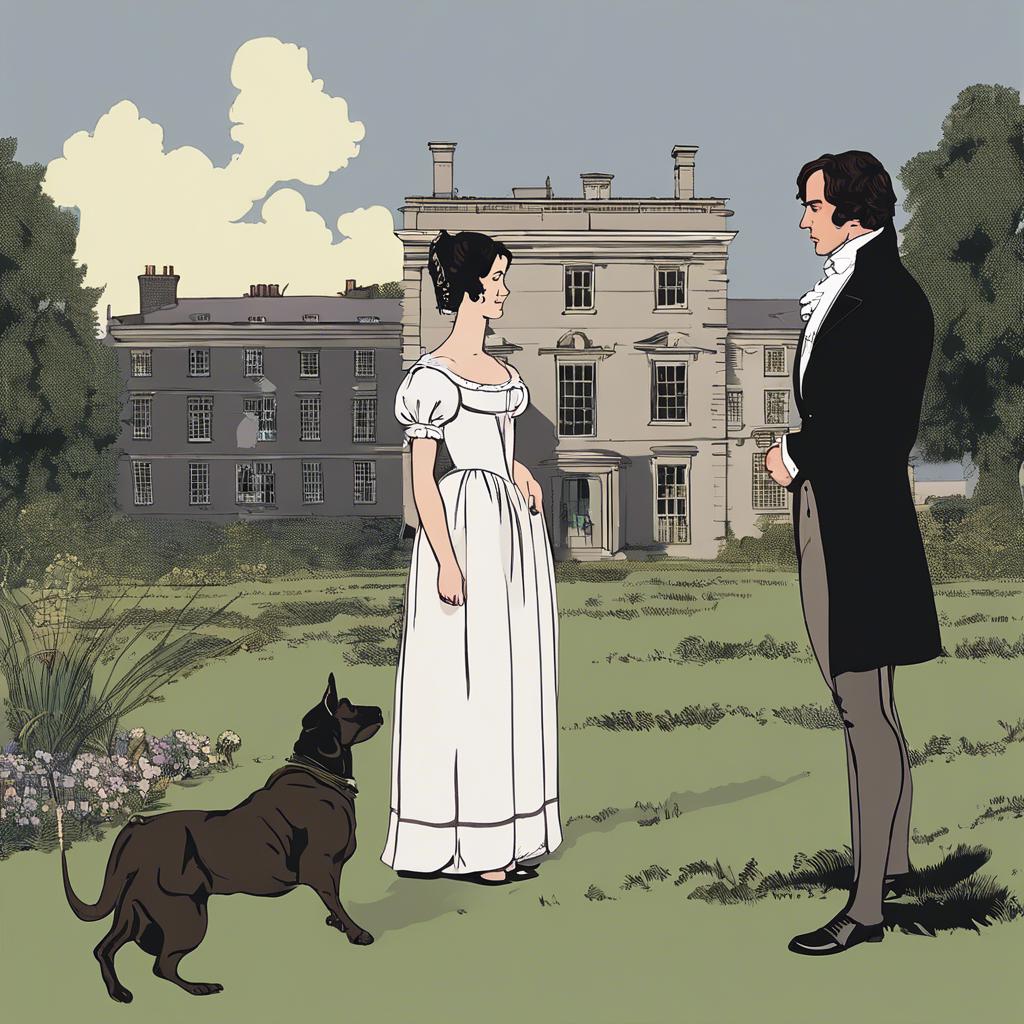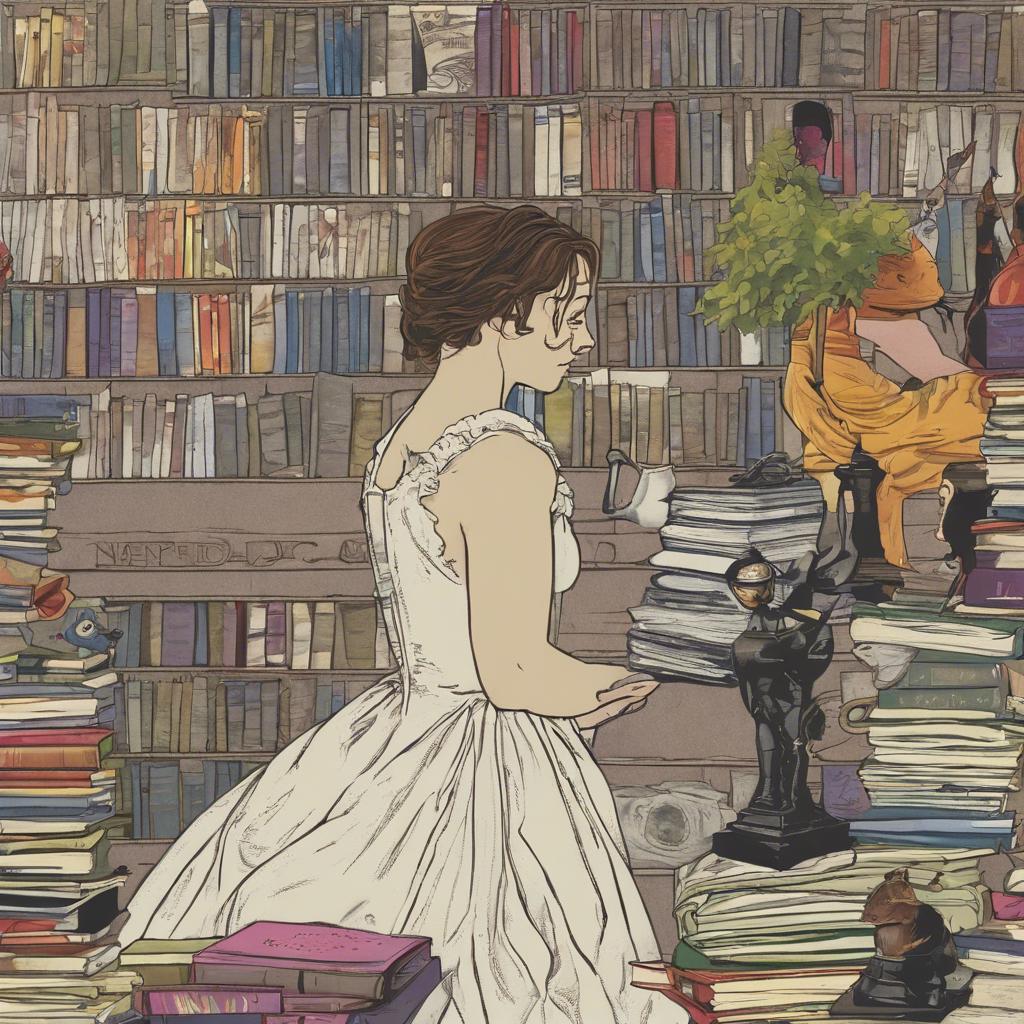In the annals of British television history, one adaptation stands out as a timeless and beloved classic – the 1995 miniseries “Pride and Prejudice.” This faithful rendering of Jane Austen’s iconic novel not only captivated audiences upon its initial broadcast, but has since cemented its place as a cultural touchstone and a standard-bearer for period dramas. Join us as we journey back in time to explore the enduring legacy and enduring charm of this spectacular production.
Step Into the World of Cheryl Bolen
Dive into the enchanting stories of love, intrigue, and elegance set in the Regency Era. Cheryl Bolen's novels offer timeless romance and captivating tales that will leave you wanting more.
Explore Cheryl Bolen's Books Now
Background of Pride and Prejudice 1995 Adaptation
In 1995, the timeless classic “Pride and Prejudice” received a stunning adaptation that captivated audiences around the world. This adaptation, directed by Simon Langton, brought Jane Austen’s beloved characters to life in a way that had never been seen before. The stellar cast, led by Jennifer Ehle as Elizabeth Bennet and Colin Firth as Mr. Darcy, delivered unforgettable performances that have stood the test of time.
One of the defining features of the 1995 adaptation of “Pride and Prejudice” is its faithful adherence to the source material. The screenplay, written by Andrew Davies, expertly captures the wit, charm, and social commentary of Austen’s novel. The attention to detail, from the costumes to the set design, transports viewers to the early 19th century world of the Bennet family and their acquaintances.
The 1995 adaptation of “Pride and Prejudice” not only garnered critical acclaim but also became a cultural phenomenon. The iconic scene of Mr. Darcy emerging from the lake in a wet shirt has become one of the most memorable moments in television history. The series’ success is a testament to the enduring appeal of Austen’s story of love, class, and social norms.
Key Themes Explored in the Film
In the 1995 adaptation of “Pride and Prejudice,” key themes are masterfully explored, capturing the essence of Jane Austen’s timeless novel. The film delves into the societal expectations and constraints that influence the characters’ actions and relationships. From the class divide between the landed gentry and the working class to the importance of reputation and propriety, these themes are central to the story’s development.
One of the most prominent themes in the film is the exploration of gender roles and expectations in Regency-era England. The societal pressure for women to secure a suitable marriage based on wealth and social status is a recurring motif throughout the narrative. Elizabeth Bennet’s defiance of these norms and her refusal to conform to the expectations placed upon her serve as a powerful commentary on the limitations placed on women during this period.
Additionally, “Pride and Prejudice” delves into the complexities of love and relationships, showcasing the intricate dance of courtship and romance among the characters. The film explores the themes of first impressions, misunderstandings, and personal growth as the characters navigate the challenges of societal expectations and their own emotions. Through wit, charm, and subtle social commentary, the film beautifully captures the nuances of human relationships and the pursuit of true love in a society governed by strict conventions.
Cinematography and Set Design Analysis
Cinematography in “Pride and Prejudice” (1995) plays a crucial role in bringing the world of Jane Austen to life on screen. The use of natural lighting and sweeping landscapes helps to set the romantic and picturesque tone of the film. The intricate framing of shots captures the elegance and grace of the characters, as well as the grandeur of the period setting.
Set design in “Pride and Prejudice” (1995) is meticulously crafted to transport viewers back to Regency-era England. The attention to detail in recreating the interior of grand estates and the quaint cottages of the countryside is truly remarkable. The use of authentic period furniture, costumes, and decor adds to the overall authenticity of the setting.
One standout feature of the cinematography and set design in “Pride and Prejudice” (1995) is the contrast between the opulence of the wealthy families’ homes and the simplicity of the countryside. This juxtaposition serves to highlight the social hierarchy and economic disparities of the time period. The careful attention to these details enhances the storytelling and immerses viewers in the world of Jane Austen’s classic novel.
Impact of the Adaptation on Popular Culture
In the realm of popular culture, the 1995 adaptation of “Pride and Prejudice” has left a lasting impact that continues to resonate with audiences today. This beloved miniseries, based on Jane Austen’s classic novel, captivated viewers with its faithful retelling of the timeless love story between Elizabeth Bennet and Mr. Darcy.
One of the most significant contributions of the adaptation to popular culture is the iconic portrayal of Mr. Darcy by actor Colin Firth. Firth’s brooding and enigmatic performance captured the hearts of viewers around the world, solidifying his status as the quintessential Mr. Darcy. His iconic lake scene, where he emerges dripping wet in a white shirt, has become one of the most memorable moments in television history.
Furthermore, the adaptation’s lush period costumes and picturesque English countryside setting have inspired countless fashion trends and travel destinations. Fans of the miniseries often seek out locations featured in the show, such as Lyme Park in Cheshire, England, where Mr. Darcy’s estate, Pemberley, was filmed. The enduring popularity of the 1995 adaptation of “Pride and Prejudice” is a testament to its timeless appeal and cultural impact.
The Way Forward
the 1995 adaptation of “Pride and Prejudice” stands as a timeless and iconic representation of Jane Austen’s beloved novel. Its meticulous attention to historical detail, stunning performances, and captivating storytelling have solidified its place as a classic in the world of period dramas. As we reflect on this exceptional piece of cinematic history, we are reminded of the enduring power of Austen’s themes of love, society, and class. “Pride and Prejudice” continues to captivate audiences around the world, proving that some stories truly are timeless.


